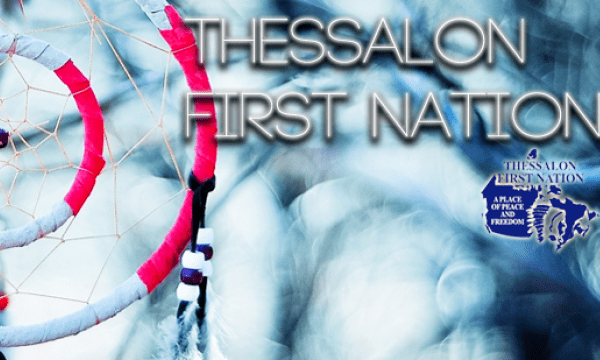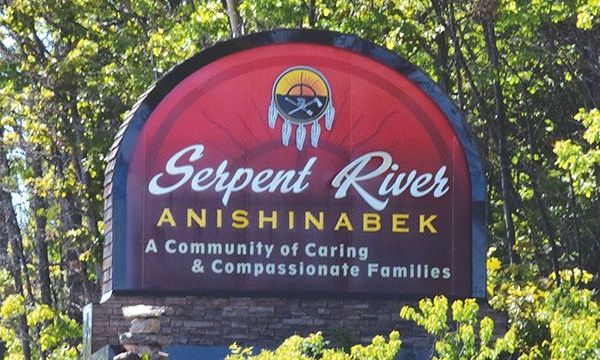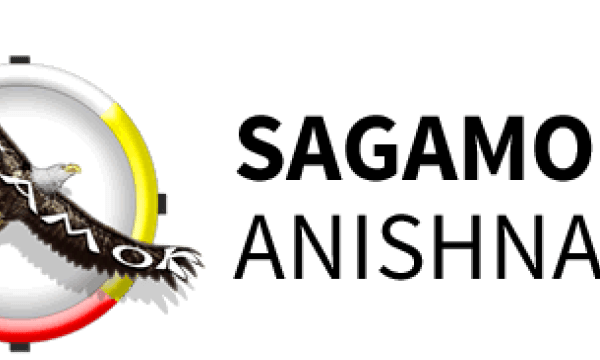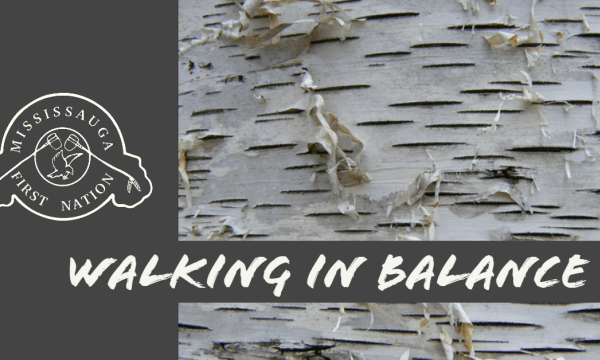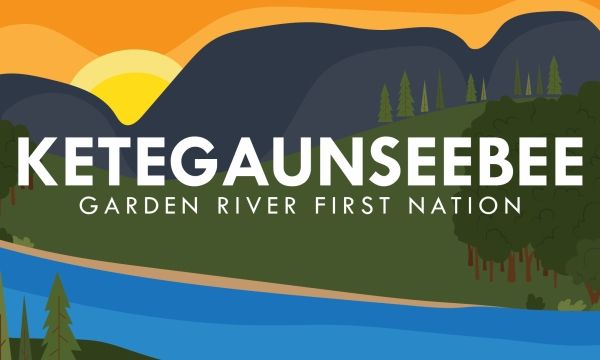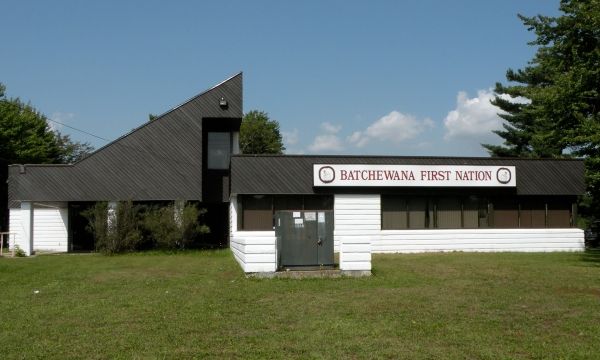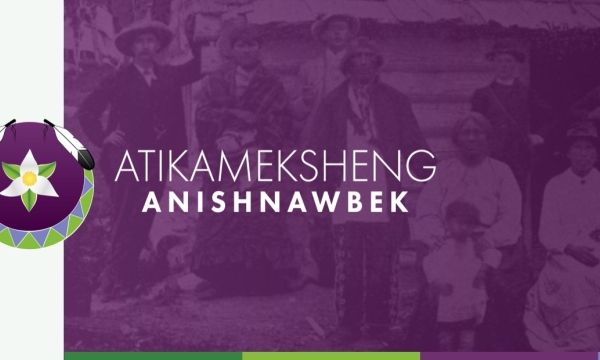Thessalon First Nation
The traditional territory of Thessalon First Nation was established through extensive use and mutual recognition between Anishinaabe and communities of the area. This was recognized in the Vidal-Anderson Commission report of 1849. Thessalon First Nation's right to use the territory was recognized much earlier by the Crown in the Royal Proclamation of 1763, and in the Treaty of Niagara in 1764. The traditional territory reserved for Thessalon First Nation exists in the Lake Huron Treaty of 1850.

